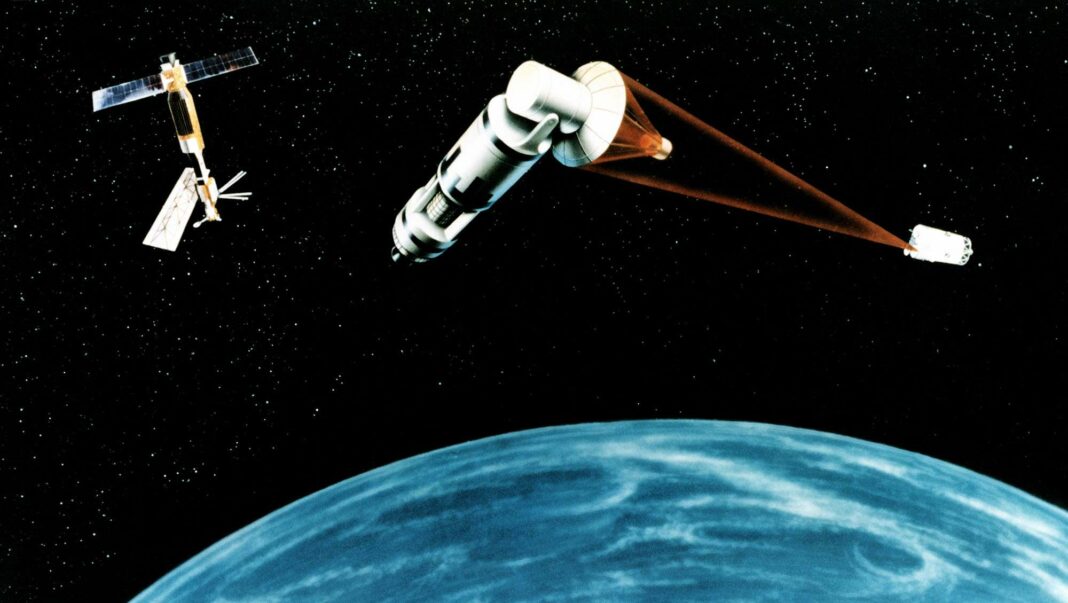French President Emmanuel Macron’s 2019 initiative to establish a dedicated military space command is set to culminate with the completion of its Toulouse offices by 2025. The Yoda project aims to deploy nanosatellites for critical space operations, enhancing military capabilities amidst the growing importance of space in modern warfare. As conflicts like Ukraine showcase the need for space superiority, France is investing in satellite constellations and advanced technologies to prepare for future threats and ensure operational readiness in this evolving landscape.
A Glimpse into the Future of Military Space Operations
Back in July 2019, French President Emmanuel Macron unveiled plans for establishing a dedicated military command for space operations. Fast forward six years, and the new command’s final offices in Toulouse are projected to be completed by the close of 2025. This pivotal year will also witness the rollout of the Yoda project, an initiative designed to enhance the French military’s capabilities in space. The acronym Yoda, inspired by the iconic Star Wars character, stands for “Eyes in orbit for an agile demonstrator.” This ambitious project aims to launch two nanosatellites into low Earth orbit this year, tasked with the critical roles of detecting, identifying, protecting, and, if necessary, taking action. Following Yoda, the “Toutatis” project is set to launch two additional small satellites, further amplifying the military’s ability to monitor and engage in space.
The Importance of Space in Modern Warfare
Why has the military turned its gaze towards the cosmos? The answer lies in the fundamental truth articulated by Philippe Steininger, a military advisor at the French National Center for Space Studies (Cnes): “There is no defense without space and no space without defense.” This sentiment was echoed during a recent conference focusing on “Air superiority and mastery of space,” emphasizing that modern warfare is inextricably linked to space dominance. With satellites now integral to ground operations, they serve as vital tools for geolocation, telecommunications, and intelligence gathering. As noted by Steininger, the proliferation of sensors makes it increasingly challenging to conceal large-scale military maneuvers, necessitating new strategies to outsmart adversaries.
The battle for space superiority has already commenced, as seen in the conflict in Ukraine, where Russia’s assault included targeting satellites crucial to the Ukrainian military. In response, Elon Musk’s Starlink provided vital satellite communication support, although his subsequent restrictions highlighted the risks of reliance on private entities. Joseph Henrotin, editor-in-chief of Defense and International Security, warns against creating dependencies that could compromise military operations.
While the price of space superiority is steep, with satellite constellations demanding significant investment, the French military is looking towards the OneWeb and IRIS² constellations initiated by the European Union. These initiatives aim to enhance information sharing and service connectivity in space, extending the concept of the cloud beyond Earth.
Furthermore, the military is exploring advanced technologies, including exo-atmospheric weapons and the interception of threats beyond our planet’s atmosphere. Israel has reportedly engaged in such operations, intercepting Iranian missiles and threats from Houthi rebels. The potential for satellite “snoopers,” exemplified by the Luch-Olymp incident involving the Franco-Italian satellite Athena-Fidus, highlights the ongoing surveillance and counter-surveillance dynamics in space.
The realm just below the Kármán line, often referred to as the “Wild West,” is also drawing military interest. This stratospheric region, which may involve technologies like high-altitude balloons and hypersonic weapons, presents new challenges and opportunities for military strategy. Air Brigade General Alexis Rougier emphasizes the importance of attributes such as range, permanence, and survivability in this domain.
As military officials continue to explore capabilities, including kinetic and nuclear options—despite the prohibitions of the 1967 treaty—the consideration of space-based lasers and other advanced weaponry is on the table. General Philippe Adam, leading the space command, underscores the urgency of preparing for potential threats, advocating for a defense strategy that balances passive observation with active engagement.
In conclusion, the militarization of space is no longer a distant possibility; it is unfolding before our eyes. As military operations evolve, the focus on resilience and readiness will be paramount in ensuring that nations are equipped to navigate the complexities of modern warfare in the vast expanse of space.
